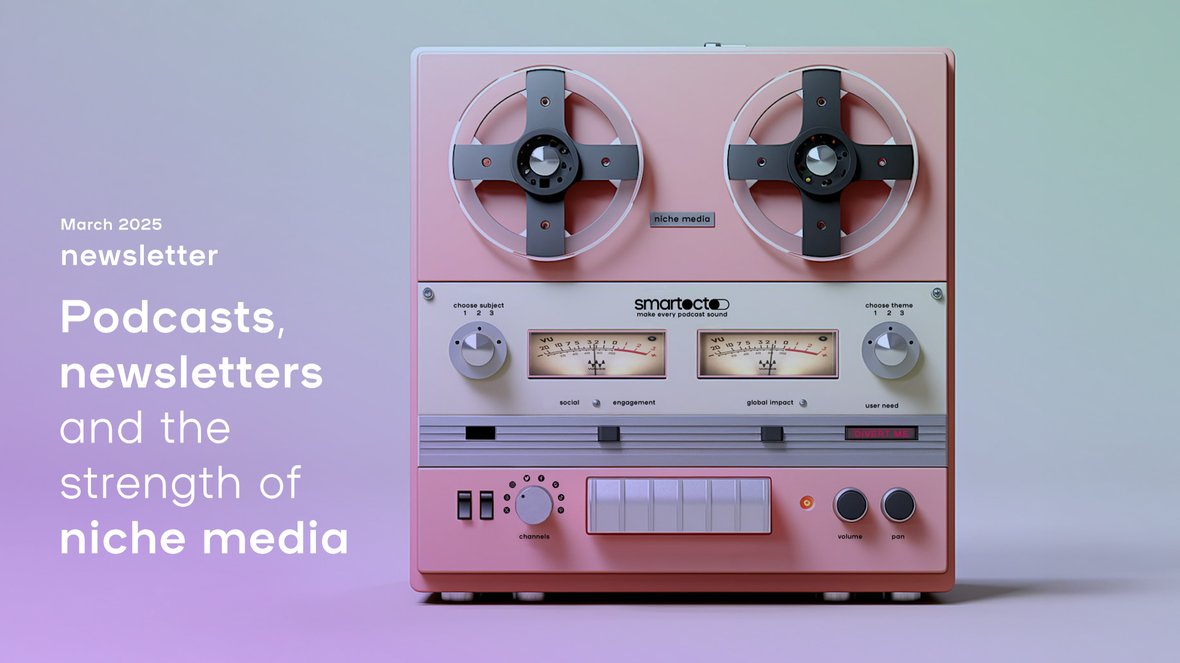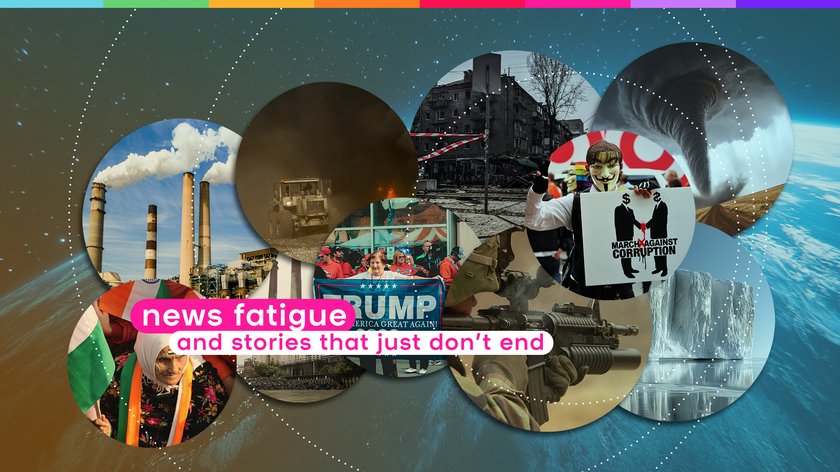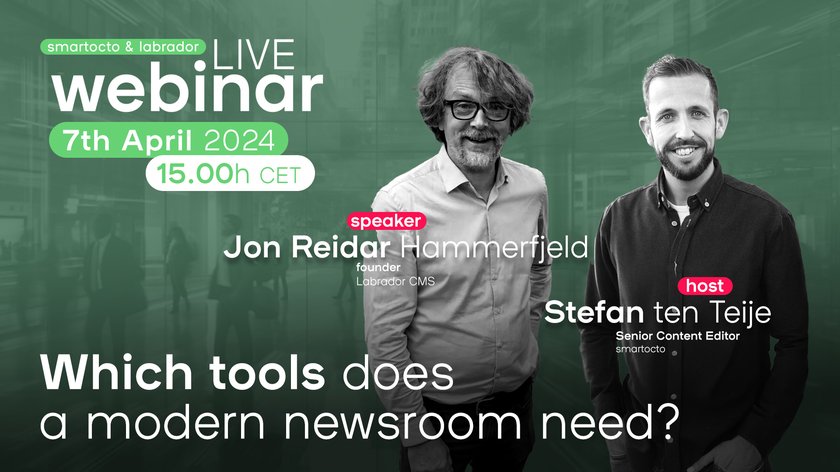Hello there,
The podcast phenomenon continues to grow, and more and more journalists are launching their own newsletters.
That’s no coincidence. These formats fulfil a need that traditional news media channels often struggle to meet. Naturally, media organisations are joining in as well, offering new podcast formats: some included with subscriptions, others designed to attract new audiences to the brand.
Recently, a podcast featuring a macroeconomist and a recently retired senior EU official explored a perspective that rarely gets much mainstream news coverage: in the context of migration, what if North Africa were not primarily viewed as a threat, but rather as a strategic opportunity for Europe?
Why mention this here?
Well, the podcast format provided the space and tone to unpack this scenario in a way that would be difficult to replicate within the limits of traditional news formats. The absence of urgency and the open-ended framing under the theme “what if” enabled a more layered exploration, allowing for reflection rather than reaction.
The value offered to their listening community is evident.
Alongside podcasts, newsletters are also gaining ground. I currently follow around seven. One focuses on artificial intelligence, summarising key developments with thoughtful commentary. Another covers modern culture, full of personal stories and references to obscure platforms I wouldn’t have discovered otherwise.
These newsletters curate and interpret the world with an editorial freedom and tone of voice that are rarely found in mainstream outlets. I’m more than happy to pay €5 a month for that. Some writers are now earning a living from their Substack subscribers.
That’s the power of niche media: they are free to detach from dominant narratives, policy frameworks and the rigid tempo of the news cycle. There’s a great deal to be learned from the way they operate. Today’s newsroom must be able to move on at least two levels:
- How do we stay relevant to a broad audience while applying lessons from niche publications and even social media accounts?
- Which technological tools do we adopt to remain both up to date and financially viable?


